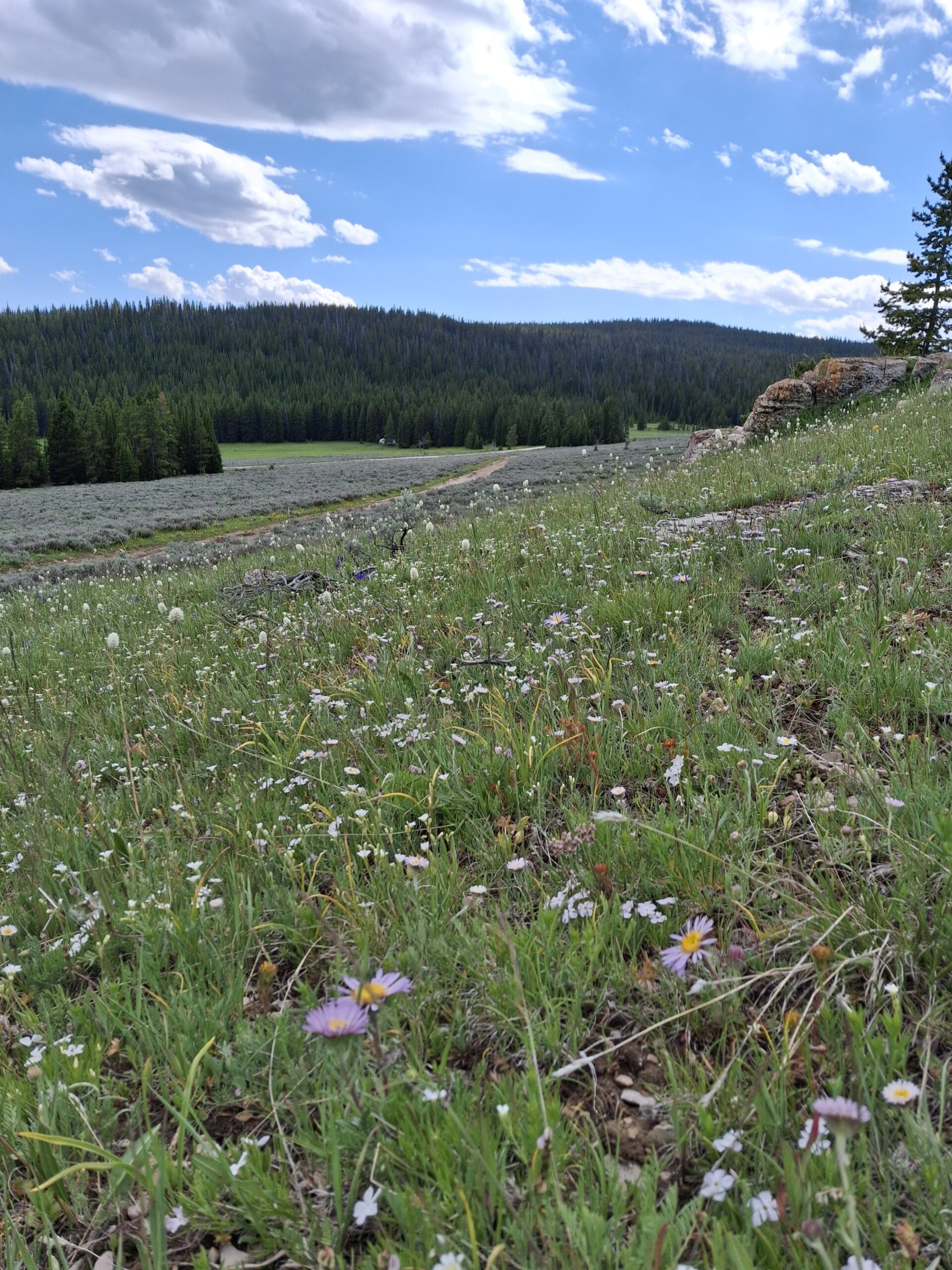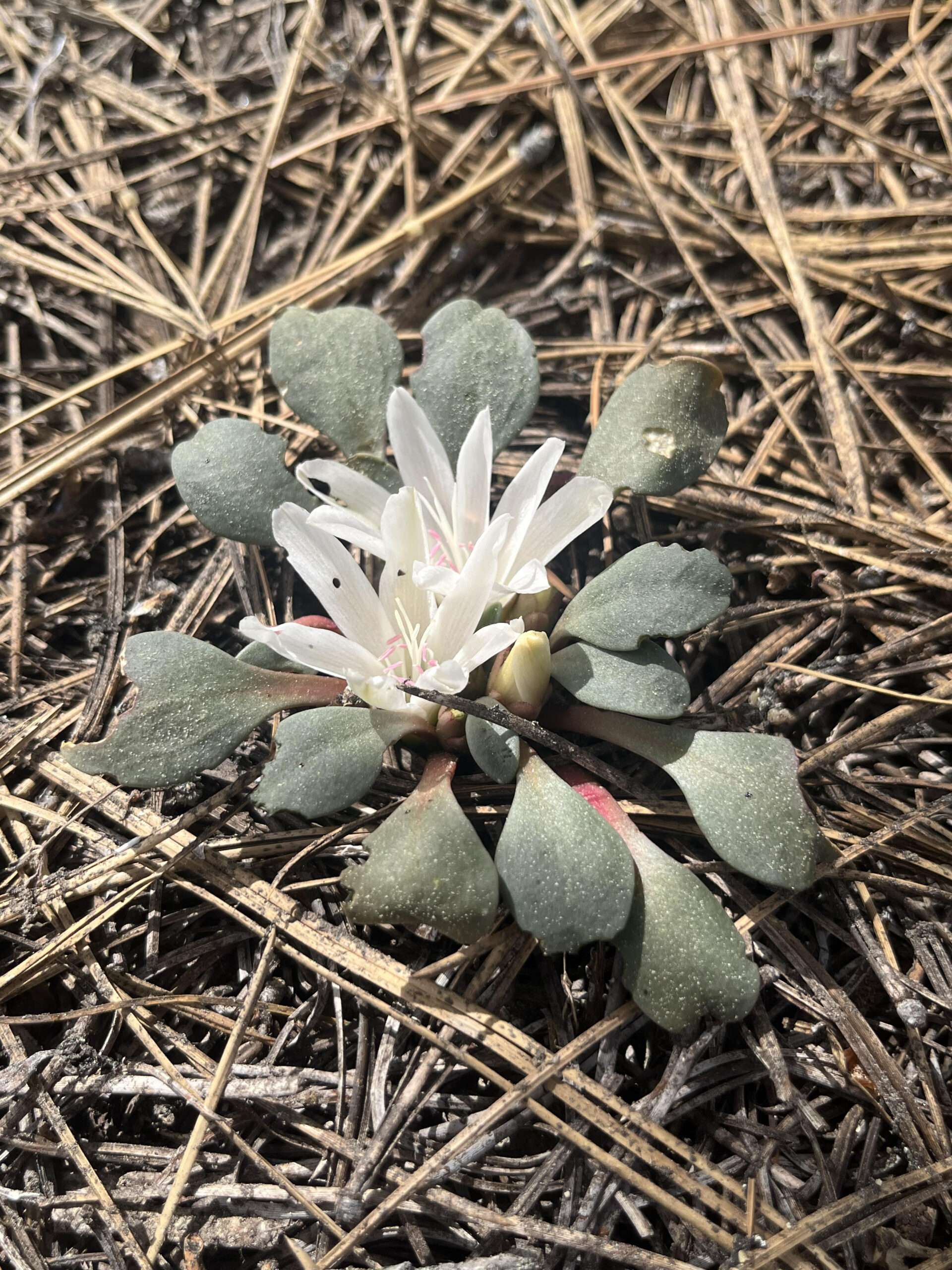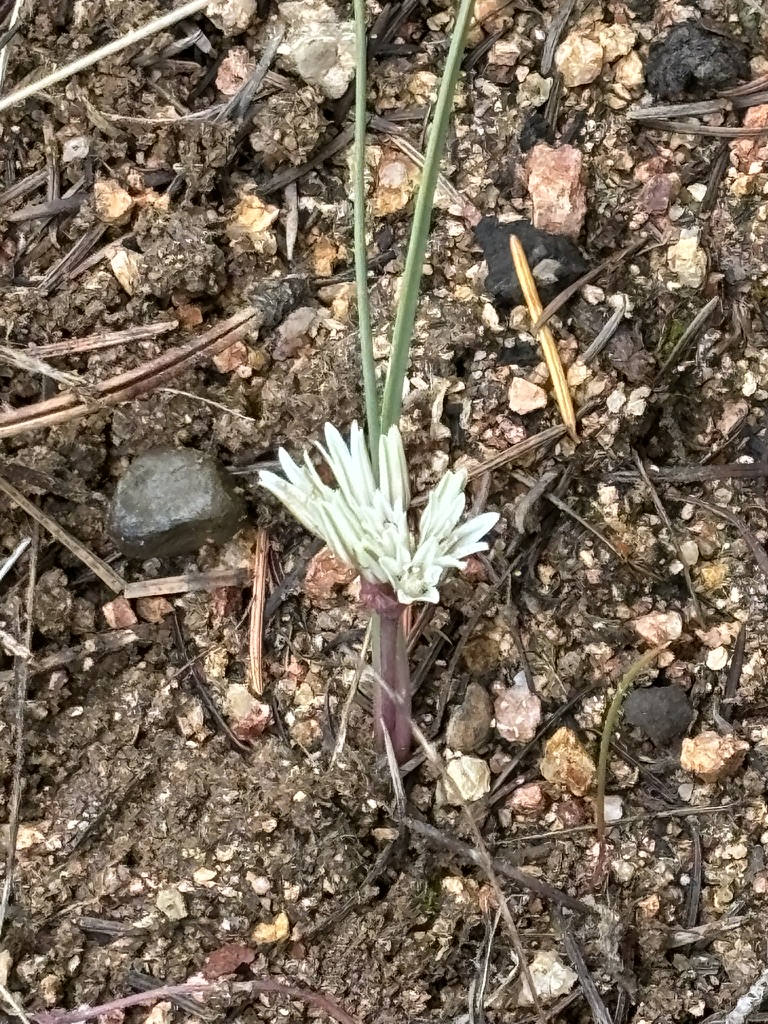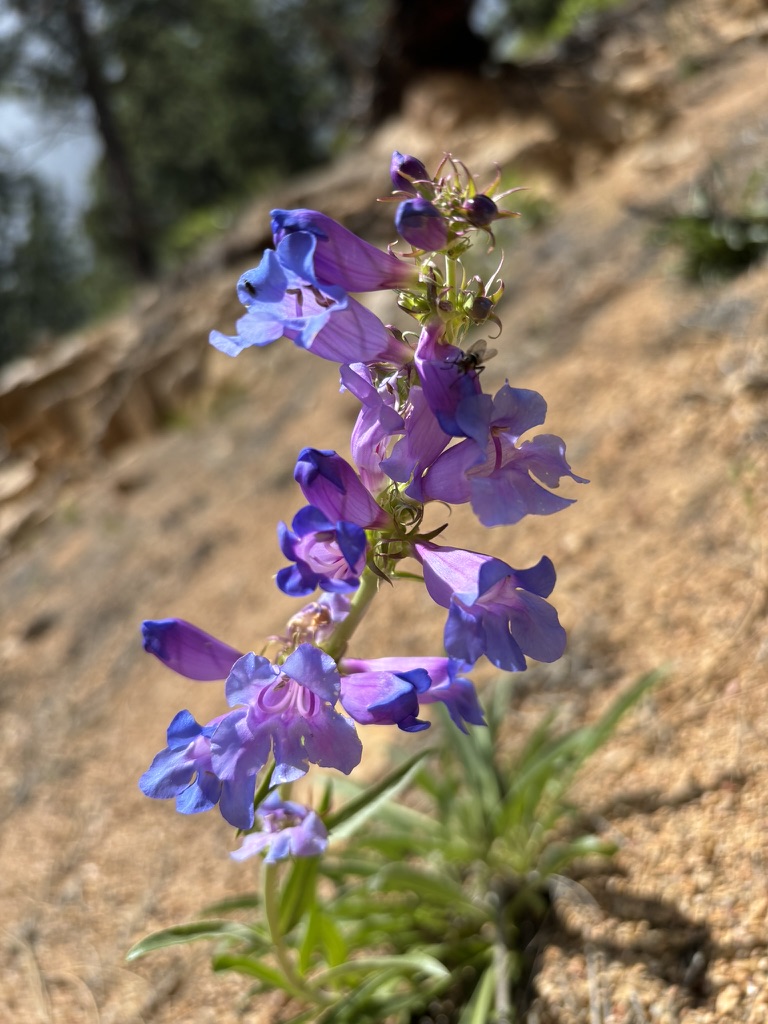“In indigenous ways of knowing, it is understood that each living being has a particular role to play. Every being is endowed with certain gifts, its own intelligence, its own spirit, its own story.”
― Robin Wall Kimmerer, Gathering Moss: A Natural and Cultural History of Mosses

When I think of carnivorous plants I imagine the jungles of South America and swamplands of Florida and Australia. When I think of Sphagnum moss I imagine the peat bogs of Northern Ireland. When I think of these species together, I do not think of Northwestern Montana.
It turns out Northwestern Montana has intermittent patches of a very specific ecosystem type known as a fen. Fens are a type of wetland where water sits or flows year round close to the ground surface which prevents the decomposition of organic material which leads to the formation of peaty poor in nutrients soil (Weixelman & Cooper 2009). While fens are found all over the world, the type of fen found in Northwestern Montana is considered a Rocky Mountain Subalpine-Montane Fen (Montana Field Guides) and due to the year round presence of water, these fens are biodiversity hotspots!


On Monday June 24th my crew and I drove down and forest service road to go set up a long term study in the Porcupine Fen to observe species richness and abundance over time (photos 1-2) This was my first time experiencing an ecosystem like this and I wasn’t quite sure what to expect. Approaching the fen we trudged through mucky sticky water and tangled shrubs until we got to a clearing, upon first glace it just looks like a grassy shrub land, but then you look a little closer…







… the intensity of species richness is easy to see! Not only are fens one of the only habitats in Montana where one can find Sphagnum Moss in abundance, it is the only ecosystem were you can find Montana’s incredible and unexpected native carnivorous sundew species!
Drosera rotundifolia and Drosera anglica are species of sundew, a type of flowering plant that has adapted to live peaty poor soil nutrient conditions found in fens. The adaption you ask? Capturing and digesting small invertebrates!
Drosera species accomplish this carnivorous act by showing off beautifully bright red spike-like “tentacles” on it’s leaves that have mucilage that glistens in the sun like dew drops. When an insect lands on one of these attractive leaves, they become stuck, unable to free themselves. The plant then releases proteins that will digest the insect so that the plant can absorb ammonia and other key nutrients they’re missing from the poor peat like soil quality (Flora of North America).


Sundews are not the only species that have evolved to live in these low nutrient conditions. We observed several rare orchid species that are also only found in peaty bog like environments (photos 5-7). However, instead of consuming insects to supplement their nutrition needs, these orchids rely on their symbiotic relations with mycorrhizal fungi ( Maris et al., 2023).
Seeing such a unique environment was really inspiring. As a young scientist there’s nothing quite like exploring an ecosystem that has so much left to be discovered. The relationship between these flowing plants, the carnivorous plants, the moss, and the mycorrhizal fungi in these fen systems is extremely under researched and has me thinking a lot about future project ideas.
I am looking forward to exploring more fens and other unique Montana ecosystems that inspire me this summer, including alpine white park pine habitat! (but that’s for another blog post 🙂


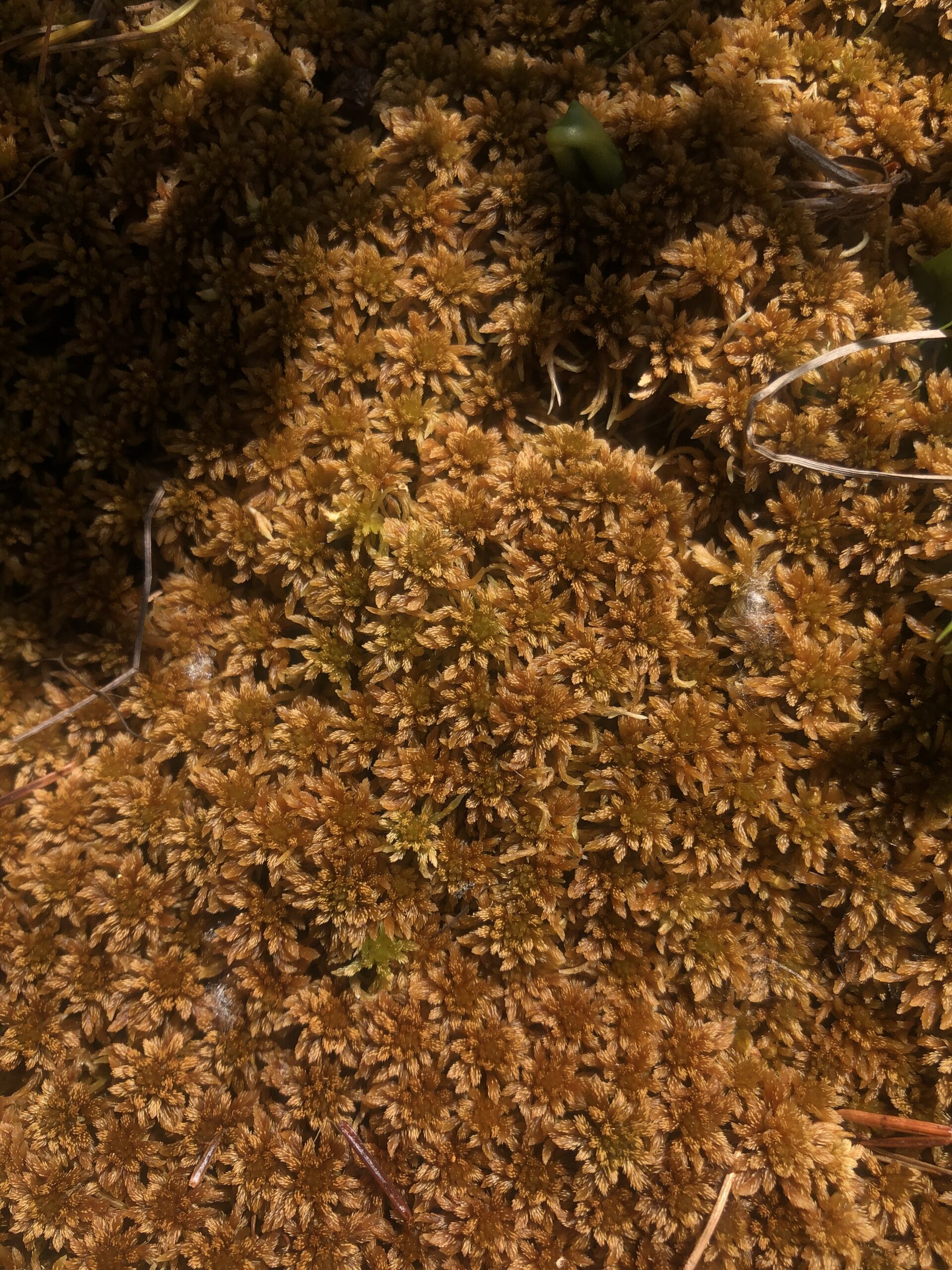
– Erynn
Flathead National Forest, MT








